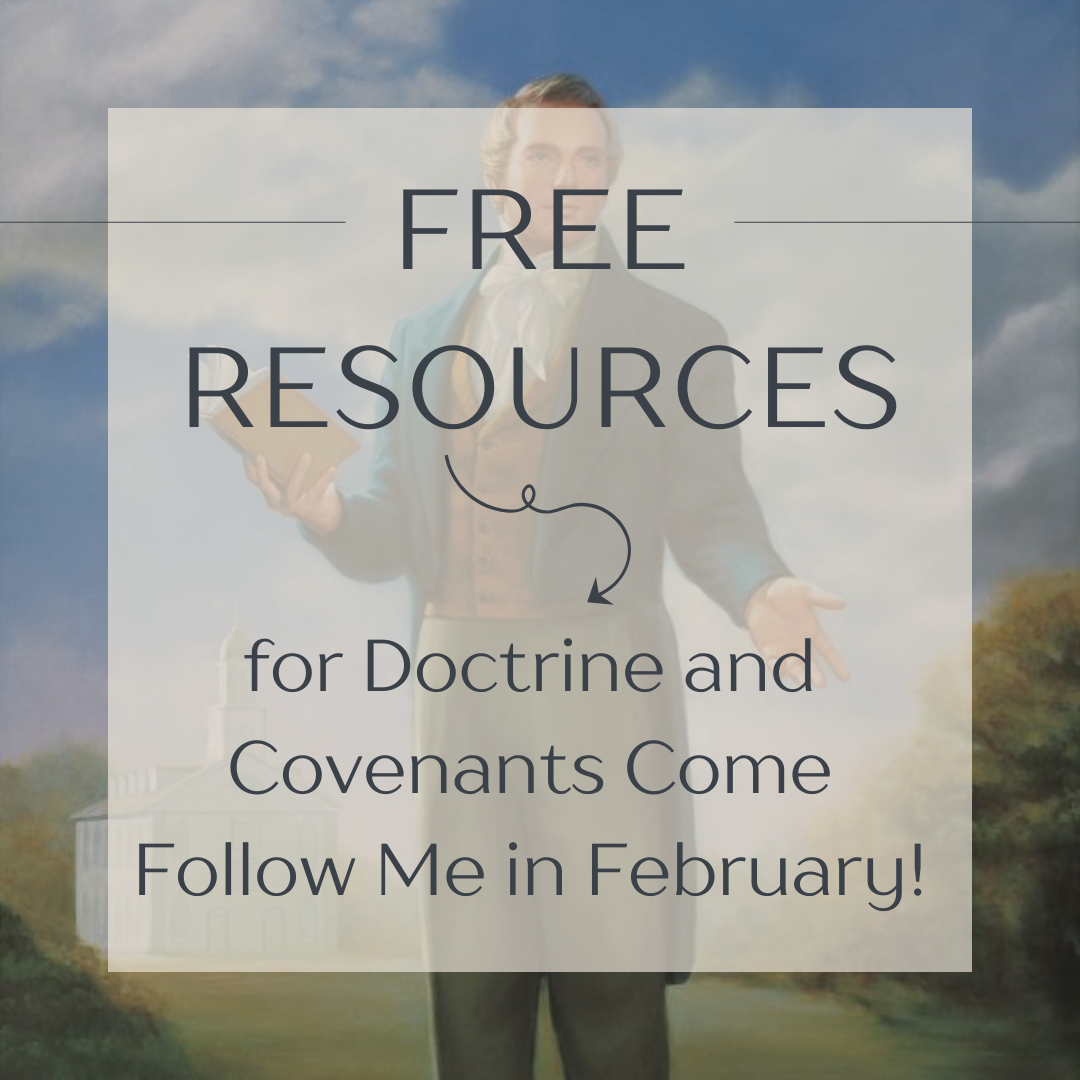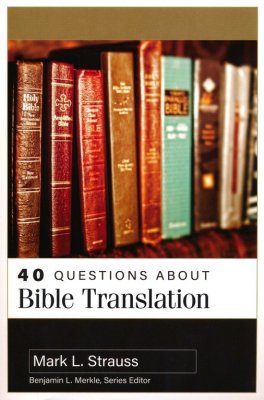Here are some ideas for learning and teaching a few of the great principles in Luke 22 and John 18. And while you’re here, I recommend you check out my free online course, “Seeking Jesus.”
Short Clips from Seeking Jesus
I’ve pulled out short clips from the “Seeking Jesus Course” connected to this week’s readings that you could use as a morning devotional or spiritual thought.
Follow me on Instagram or sign up here for more Come Follow Me insights.
The Gospel of John Movie
The Gospel of John is an incredible movie about Jesus Christ. You can learn more about it on this page; here is the link to the John 18 clip. I think it’s a great activity to read the actual chapter, think about how you would film it, and then watch the movie to see what is similar or different to the way you imagined things.
Ideas for Learning More About Luke 22, John 18
***A Synopsis Study***
A powerful way to know Jesus Christ and understand his Atonement more deeply is to study carefully his life. One such approach is called a synopsis, which entails a side-by-side reading of the Gospels (Matthew, Mark, Luke and John), looking for similarities and differences in the accounts. A careful study of key events in the Savior’s life, such as his baptism, the last supper, his experiences in Gethsemane, his trial, crucifixion, and resurrection can help us know him and increase our peace.
This post specifically discusses a synopsis study of Gethsemane, and includes visual aids you can use, as well as free handouts for doing your own synopsis study of Gethsemane. I honestly cannot think of a better activity to deepen your understanding of Gethsemane. Seriously, read this post.
Handouts for synopsis studies in other areas (e.g., Christ’s Baptism, Resurrection, and more) are found here.
***What Have Church Leaders Taught About Gethsemane***
In 2018 I worked with Joshua Barringer to learn how church leaders have talked about Gethsemane. We searched the “LDS General Conference Corpus” to identify every time a church leader used the word Gethsemane. This corpus contains more than 10,000 talks, covering the years 1851–2018.
We found that a total of 139 speakers have collectively used the word Gethsemane 396 times between 1859 and 2018. Just over one-third of all uses (134) came from the nine speakers who used the word ten or more times. These include President Thomas S. Monson (24), Elder Neal A. Maxwell (20), Elder Robert D. Hales (19), President Marion G. Romney (15), President James E. Faust (13), President Spencer W. Kimball (12), Elder Bruce R. McConkie (11), President J. Reuben Clark (10), and Elder David B. Haight (10).
The use of Gethsemane in General Conference has risen dramatically in the past few decades. The median point for the usage of Gethsemane between 1859 and 2018 is 1987 (see this article for charts showing this in more detail).
In addition to the Savior suffering for our sins, a key theme that has been discussed in General Conference concerns the Savior’s submitting his will to his Father’s. For example, in 1914, President Anthon H. Lund taught, “When Jesus was suffering in the Garden of Gethsemane, he asked the Lord, if it were possible, to take that bitter cup away from Him. Can you wonder at it when you remember that He was in such agony that the sweat fell like drops of blood upon the ground? But He added, ‘Not my will, but thy will be done,’ giving us a pattern to follow in our prayers, that although we ardently desire certain things; and believe that they would be for our best good still we should be submissive to the Father’s will.”
More recently, in 2018, Elder David A. Bednar taught, “Jesus provides the ultimate example of righteous responsiveness and willing submission as He suffered intense agony in Gethsemane. . . . The Savior’s meekness in this eternally essential and excruciating experience demonstrates for each of us the importance of putting the wisdom of God above our own wisdom.” Thus one lesson from Gethsemane that has been frequently taught by Church leaders is the importance of following the Savior’s example in submitting our wills to the Father’s.
To learn more about what church leaders have taught about Gethsemane, you can read the BYU Studies article that Joshua Barringer and I co-authored.
***
I hope these resources are helpful to you in your learning and teaching this week!
Do you want more learning and teaching tips for Come Follow Me? Follow me on Instagram or sign up here for emails with insights on Come Follow Me.






